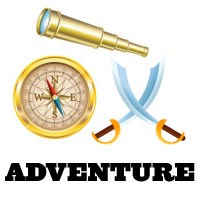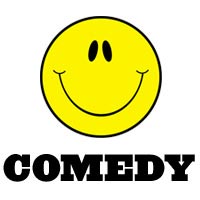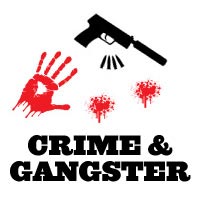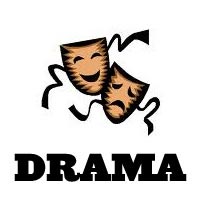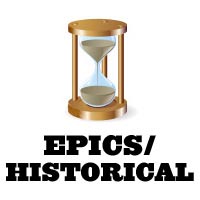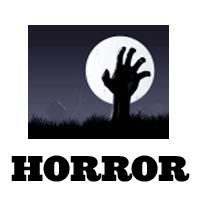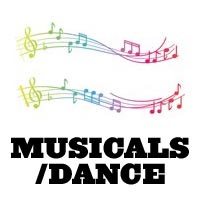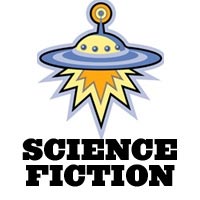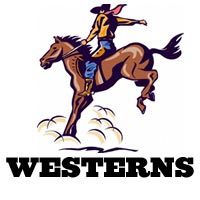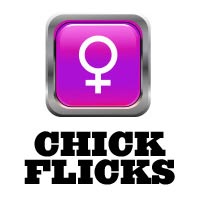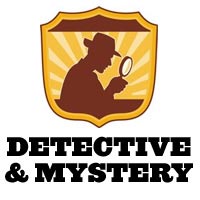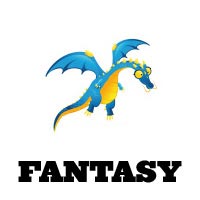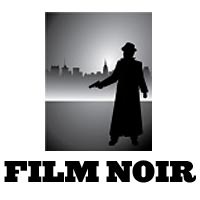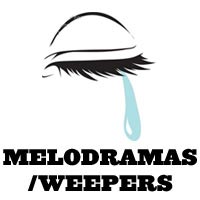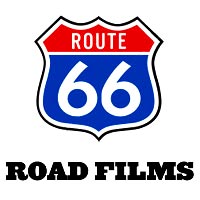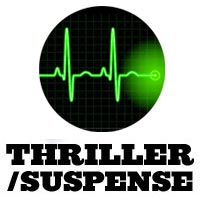Media work
Tuesday, 14 May 2013
Monday, 6 May 2013
Final Film Evaluation
The experience of filming, directing and writing the final film was a positive experience, however there were also negative barriers which needed to be overcome.
As the film is a british crime based film we attempted to portray this as much as possible as we introduced sections of london streets towards the beginning. I found when filming other camera angles were better than others, such as the over shoulder as opposed to the head shot. Therefore different angles needed to be shot in order maintain the audiences attention as well as the light being correct for the scene. Before shooting we found the first thing that was needed to be done was the writing of the film. This was done as we sketched a rough storyboard of the scenes and what the story was about. We also found that we both had the same ideas, this made working easier as we wanted the same thing.
Composing the music was an important factor, we did this by estimating from our scenes the genre of music as well as how heavy or soft. This worked well, however when reviewing the final piece, parts of the music did not fit, therefore these parts were worked upon and changed.
Having to direct the film was a pleasurable experience as we found this interesting having to decide the location, camera angles etc. However when directing we found that certain decisions had to be made quickly. For example, if a camera angle did not work because of the light or we did not want certain things to be on show for the viewer we would have to decide what possible camera angle could work. For this reason we experimented with camera angles and overcame all possible obstacles.
Preliminary Evaluation
During the preliminary task I found that this gave us the chance to familiarise with the equipment. For example, I found out how to use the camera in the correct way as well as learning how to use the editing software on the computer. This task also gave us the chance to practice camera angles. When filming the different camera angles I found that not all angles worked with certain shots, this same situation also showed later on in the main film. This however was overcome as we decided on better angles to shoot from.
Another aspect which was found hard to overcome was the lines. This was because a set script was not written, this meant the actors had to add lib to a situation which we created. The main downfall of this was the repetition of takes. This problem also made the editing harder to work with.
Friday, 8 March 2013
Garage Band
This is a software that allows you to make music. Garage Band is a really simple and useful software that you can produce music on.
In the screen shot above it shows you my music that I am producing to go in my film. The boxes that you see the beat that I have selected. Once you have selected a beat you can make it loop or customise it with another beat. The lines that you see going up and down is where you can make the beat fade in and out also making it louder. This is useful if you want a beat to come into the track slowly.
In the screen shot above it shows the beats that I have selected and the track and how I have faded the beat in and out. The blue box at the bottom is the beat enlarged so you can see that there is nothing overlapping or cut out. This also allows you to mix the beats if you want to because you can cut them and move them around.
I find that Garage Band is a really good and useful software.
Wednesday, 27 February 2013
Characters that perform a function
Characters that perform a
function
The Hero – a character that
seeks something
The Villain – who opposes
or actively blocks the hero’s quest
The Donor – who provides an
object with magical properties
The Dispatcher – who sends
the hero on his/her quest via a message
The False Hero – who disrupts the hero’s success by making false claims
The Helper – who aids the hero
The Princess – acts as the reward for the hero and the object of the villain’s
plots
Her Father – who acts to reward the hero for his effort
This is a film about fast
cars crocked cops and then working to bring down a huge drug dealer.
2 Fast 2 Furious is a 2003
American street racing action film directed by John Singleton. It is the
second film in The Fast and the Furious film series following The Fast and the
Furious (2001). In 2 Fast 2 Furious, ex-cop Brian O'Conner (Paul Walker) teams up with
his ex-con friend Roman Pearce (Tyrese Gibson) and works with undercover U.S.
Customs agent Monica Fuentes (Eva Mendes) to bring Miami-based drug lord Carter
Verone (Cole Hauser) down.
John Daniel Singleton
(born January 6, 1968) is an American film director, screenwriter, and
producer. A native of South Los Angeles, many of his early films consider the
implications of inner-city violence like the critically acclaimed and popular Boyz n the Hood, Poetic
Justice, Higher
Learning and Baby Boy.
He branched out into mainstream territory with the blockbusters 2 Fast 2 Furious and Four Brothers.
There are a lots camera angles that this film uses but when they are in the cars they mainly uses birds eye view, fast pans, point of view and over the shoulder. these are all good shots to uses to make the car look like it is going faster then it really is.
There are a lots camera angles that this film uses but when they are in the cars they mainly uses birds eye view, fast pans, point of view and over the shoulder. these are all good shots to uses to make the car look like it is going faster then it really is.
Friday, 8 February 2013
Subscribe to:
Posts (Atom)




